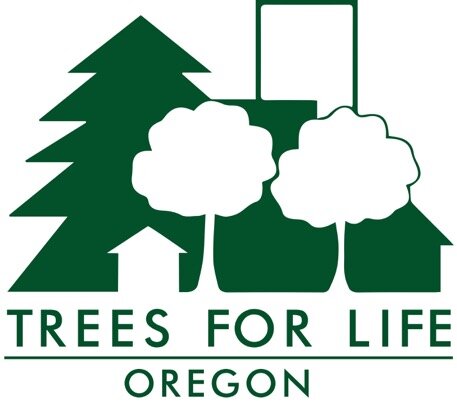Southern Magnolias Help Manage Heavier Rainfall in Our Future
By Jim Gersbach
This is part of a News series highlighting large-form trees of interest that will thrive in Portland.
Southern magnolias (Magnolia grandiflora) like the one here can live for more than a century. Most of those in Portland's planting strips mature at less than 35 feet so can fit under powerlines. Even smaller, skinnier varieties such as 'Little Gem' and 'Teddy Bear' are popping up in the micro-sized front and back yards now permitted and associated with new residential housing. But seed-grown trees like the specimen shown here in North Portland can reach 80 feet. They boast huge white lemon-scented flowers from spring and sporadically through summer. They make a great yard tree but may be a bit messy as a street tree.
Even though our climate is mild enough to support a wide range of broadleaf evergreen trees like southern magnolias, they make up only a small portion of street trees. Some 90 percent or more of our street trees and a similar percentage of our yard trees are deciduous: they lose their leaves right when it begins to rain most heavily. By keeping their foliage through winter, evergreens can help intercept rainfall, slowing runoff into our sewers.
But broadleaf evergreens can't do that if they’re removed when the lots they stand on are sold to redevelop into multi-unit housing or big-box houses.
We need to take seriously the warnings that extreme weather events like torrential rainstorms are likely to be more common in the future. We should take every step necessary to preserve large, healthy, non-invasive broadleaf evergreen trees where feasible, designing housing around them whenever possible. Perhaps we allow an extra floor to make up for preserving growing space. The alternative is to keep spending more and more money on infrastructure to handle increasingly large storm water loads.
This is one of the hidden costs of densification that all residents end up paying as more and more land is built over and fewer and fewer large trees--especially rare evergreens--are left to do their job.

